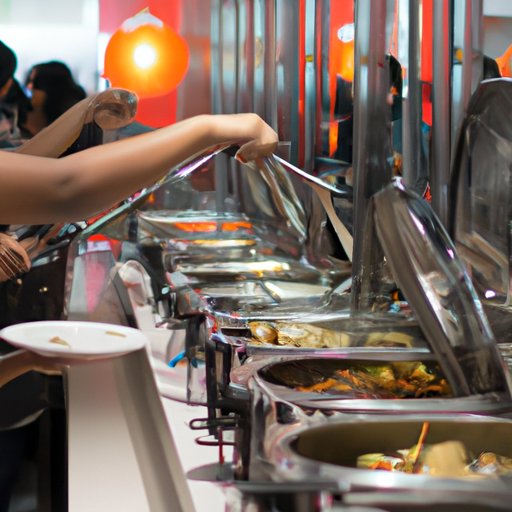
How Do Buffets Make Money?
Are you wondering how buffets can afford to offer a vast selection of delicious foods without charging exorbitant prices? Buffets have been a popular dining option for decades, and they continue to attract crowds with their affordable prices and variety of food options. In this article, we will explore the economics behind how buffets make money.
Economics of Bulk Food Purchasing
One of the most significant ways that buffets can offer a broad selection of foods is by purchasing ingredients in bulk. When buying raw food items in large quantities, the cost per unit is lower, allowing buffet restaurants to save on costs. Additionally, the bulk ingredients can be used to prepare a variety of dishes, increasing the variety of the buffet. Some dishes may use the same ingredients with different spices or preparation methods, adding variety while still using the same bulk food items.
Operational Cost Savings of Buffets
The operational costs of running a restaurant can add up quickly, but buffets have a few advantages over traditional restaurants in this regard. Buffets do not need to order as many dishes or menu design and printing as traditional restaurants. Additionally, buffets require less staff since there is no need for servers to take orders and serve customers.
Effect of ‘Guest Turnover’ on Revenue
‘Guest turnover’ refers to the number of times a table is filled in a day, and buffets maximize revenue by turning over tables as much as possible. Since customers serve themselves at buffets, tables can be cleaned and prepared quickly to accommodate more diners. Buffets can calculate the amount of food a customer eats multiplied by the number of patrons who dine at the restaurant over the course of a day to maximize their revenue.
Revenue-Boosting Practices of Buffets
Buffets use a variety of tactics to increase profits. One strategy is to offer premium food items that are not available at other restaurants to attract more customers. Additionally, many seafood buffets have become popular, as seafood can be more expensive at traditional restaurants.
Value Proposition of Buffets
The all-you-can-eat experience at a lower price point is a significant value proposition of buffets. Customers can also enjoy a more extensive selection of dishes at buffets, which can be appealing to diners who want to try new foods or simply enjoy more variety in their meals. The value proposition of buffets plays a crucial role in their continued popularity.
Psychology of Pricing
Buffet restaurants use a few psychology tactics to encourage customers to consume more. For example, calorie-rich foods are placed at the beginning of the buffet table to entice diners to fill up their plates. Additionally, the price point of buffets is often set at a lower rate than traditional restaurants, encouraging diners to justify getting more for their money.
Local Labor Markets that Enable More Profitable Buffets
Buffet restaurants located in areas with lower rent and wages can yield higher profits due to decreased business expenses. These savings can also translate into lower prices for customers, further increasing the value proposition of buffets.
Conclusion
Buffet restaurants employ a variety of tactics to maximize revenue and offer a vast selection of food options at an affordable price point. From purchasing ingredients in bulk to setting up buffets to encourage guest turnover, there are several strategies behind how buffet restaurants make money. By understanding these economics, diners can appreciate the value proposition offered by buffet restaurants.




